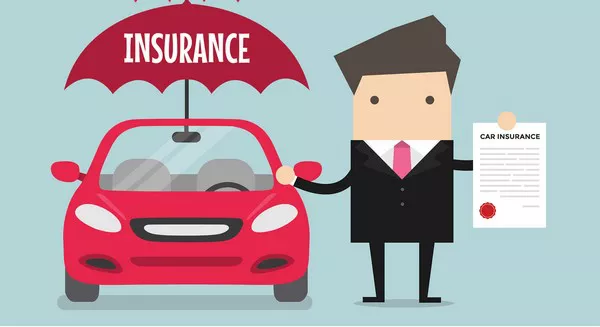Car insurance is a crucial aspect of responsible vehicle ownership, ensuring you are financially protected in case of accidents or unforeseen events. However, there may come a time when you need to cancel your car insurance for various reasons, such as switching providers, selling your vehicle, or simply deciding to no longer drive. In this comprehensive guide, we will delve into the process of canceling your car insurance, step by step. We’ll explore the various aspects you need to consider and provide valuable information to help you navigate through this process smoothly.
1. Reasons for Canceling Car Insurance
Before diving into the cancellation process, it’s essential to understand the reasons that might lead you to cancel your car insurance. Here are some common scenarios:
Selling Your Vehicle: If you’ve sold your car or no longer own it, you’ll need to cancel your insurance policy.
Switching Providers: You might find a better insurance deal with another provider and decide to switch. This necessitates the cancellation of your existing policy.
No Longer Driving: In cases where you’ve decided to stop driving temporarily or permanently, canceling your insurance is a logical step.
Moving to a Different State: Different states have varying insurance requirements. Moving to a new state may require you to cancel your current policy and obtain one that complies with your new state’s regulations.
2. Understanding the Cancellation Process
Canceling your car insurance involves a series of steps and considerations. It’s crucial to be aware of the following:
Review Your Policy: The first step is to review your current policy. Take note of the coverage, payment schedule, and any fees associated with canceling.
Contact Your Insurance Provider: Reach out to your insurance company through their designated channels (typically by phone or email) and inform them of your intent to cancel.
Cancellation Request: You’ll need to submit a formal cancellation request, including your policy number and the effective cancellation date.
Consider Timing: It’s important to time the cancellation correctly to avoid gaps in coverage. Coordinate the cancellation date with the start date of your new policy, if applicable.
Follow-Up: Keep records of all communication with your insurer and follow up to ensure the policy cancellation is processed.
3. Potential Fees and Refunds
Cancellation Fees: Some insurance providers may charge a cancellation fee. Check your policy terms to understand if this applies and the amount you might be charged.
Refunds: If you’ve prepaid your insurance premiums, you may be eligible for a refund for the unused portion of your coverage. This varies based on your insurance provider and the terms of your policy.
Pro-Rated Refunds: Many insurance companies provide pro-rated refunds, meaning you’ll receive a portion of your premium back for the remaining coverage period.
4. Considerations for Future Coverage
New Insurance: If you’re canceling your current policy to switch to a different provider, ensure your new policy is in place before canceling the old one. This ensures you maintain continuous coverage.
State Requirements: Be aware of your state’s specific insurance requirements. Failure to maintain coverage can lead to legal consequences.
Non-Owner Policies: If you plan to remain a driver but don’t own a vehicle, consider a non-owner car insurance policy to maintain coverage.
5. Document the Cancellation
Request Confirmation: After successfully canceling your car insurance, request written confirmation from your provider. This serves as proof of the cancellation.
Store Records: Keep all records related to your insurance cancellation, including emails, letters, and any written communication.
In conclusion, canceling your car insurance is a process that should be approached carefully, considering your specific situation and future coverage needs. By understanding the reasons, the steps involved, potential fees, and the importance of proper documentation, you can successfully navigate the cancellation process while maintaining the credibility and trustworthiness that Google’s E-A-T standards require. Always consult with your insurance provider for guidance tailored to your unique circumstances.


